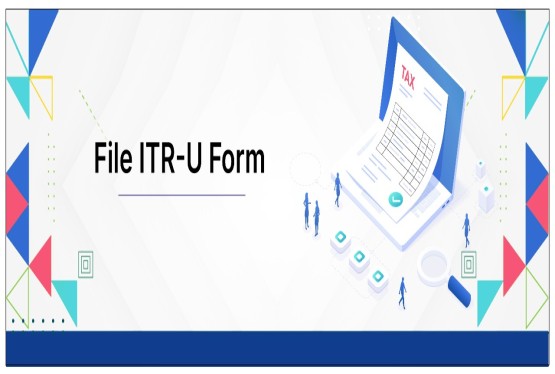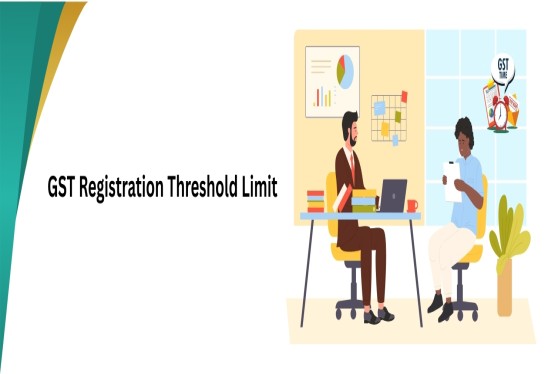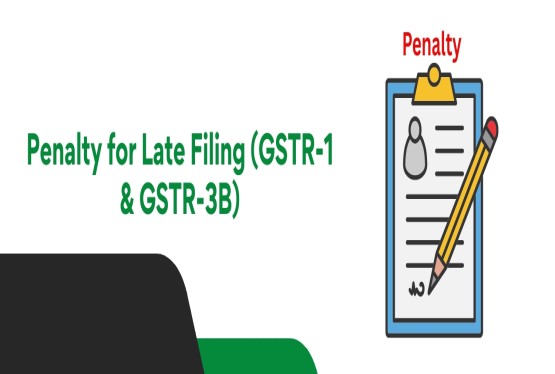The Goods and Services Tax (GST) regime in India has seen several reforms to make compliance easier and reduce the burden on taxpayers. One such recent development was announced in the 53rd GST Council Meeting, where the Council introduced an Amnesty Scheme for taxpayers with pending interest and penalties for the financial years 2017-18 to 2019-20. This scheme was introduced under Section 128A of the CGST Act, 2017. As part of the implementation, the government has launched GST Form SPL-02, which can be filed online through the GST portal. This article explains in detail the eligibility for filing this form, the step-by-step filing procedure, the documents required, and the deadlines associated with it.
What is GST Form SPL-02?
GST Form SPL-02 is a special form provided on the GST portal that allows eligible taxpayers to apply for a waiver of interest, penalty, or both arising from tax demands under Section 73 of the CGST Act. The waiver is a relief for taxpayers who are either awaiting a decision in their appeal cases or whose demand notices have been reclassified under a different section.
This form helps businesses settle their past tax dues without the additional burden of interest and penalties, especially where the disputes or demands are still under review or pending in the appellate forums or the courts. However, it is important to note that the waiver is applicable only in cases where no revision orders have been passed by the authorities under Section 107(1) or Section 108(1), and where appeals are pending before the Tribunal under Section 112 or before the High Court under Section 113.
Who Can File GST Form SPL-02?
As per the provisions of Section 128A(1) of the CGST Act, three specific categories of registered taxpayers are eligible to file GST Form SPL-02. The eligibility has been clearly laid down to prevent misuse and ensure that only genuine cases receive the waiver.
1. Taxpayers with a Pending First Appeal
These are taxpayers who have received a demand order under Section 73 and have filed a first appeal under Section 107, but the appeal authority has not yet issued an order. These taxpayers can apply for the waiver under the amnesty scheme.
2. Taxpayers with a Pending Second Appeal
This includes taxpayers who had received an order from the first appeal authority under Section 107 and have gone on to file a second appeal under Section 113. If no final order has been passed in the second appeal, they are eligible to file SPL-02 for waiver.
3. Taxpayers with Reclassified Demand Notices
In some cases, the original demand notice might have been issued under Section 74, which is for cases involving fraud or wilful misstatements. If such a notice was later reclassified under Section 73 (which deals with non-fraudulent cases), then the taxpayer is eligible to apply using Form SPL-02.
Benefits of Filing GST Form SPL-02
Filing Form SPL-02 offers various benefits to eligible taxpayers under the GST Amnesty Scheme.
1. Waiver of Interest and Penalties
It provides relief from penalties and interest imposed in demand orders, reducing the overall financial burden and liabilities.
2. Faster Resolution of Pending Appeals
Taxpayers with pending appeals can settle disputes without waiting for judgments from appellate bodies or courts, thus saving time and legal expenses.
3. Reclassification Relief
If the original demand was under Section 74 but was later reclassified under Section 73, taxpayers can now benefit from this scheme despite earlier fraud allegations.
4. Simplified Process
The GST portal automates many aspects of the application, including payment reconciliation, making the process simple and transparent.
5. Sufficient Timeframe
The scheme gives taxpayers ample time to make payments and file the application—up to June 30, 2025, or six months from the reclassification order.
6. Improved Working Capital
By avoiding penalties and interest, businesses can retain more working capital for day-to-day operations, boosting financial stability.
7. Avoidance of Legal Consequences
Filing the form on time helps avoid additional legal proceedings, asset attachments, and recovery actions by GST authorities
Timeline for GST Form SPL-02: Payment and Submission
There are two important deadlines to be kept in mind when availing of the amnesty scheme – one for making the payment of the demand and another for submitting the waiver application (Form SPL-02).
Timeline for Payment of Tax Demand
• For Category 1 & 2 Taxpayers (Pending Appeals): The last date for making the tax payment as per the demand order is March 31, 2025.
• For Category 3 Taxpayers (Reclassified Cases): The deadline is six months from the date of the reclassification order under Section 73.
Timeline for Filing GST Form SPL-02
• For Category 1 & 2 Taxpayers: The application must be filed on or before June 30, 2025 (i.e., within three months of the tax payment deadline).
• For Reclassified Cases: The deadline for submission is six months from the date of communication of the reclassification order.
Timely adherence to both these deadlines is crucial to avail the benefits of the amnesty scheme.
Documents Required to File GST Form SPL-02
The documents required depend on how the payment was made.
If Paid via GST Portal:
• No additional document upload is needed.
• Payment details are auto-populated from the portal.
If Paid Outside the GST Portal (via DRC-03):
• Upload a copy of Form DRC-03 for each voluntary payment.
• A maximum of 5 files can be uploaded (max 5MB each).
Supporting documents validate the payment and help the GST officer process the waiver application smoothly.
Process to File GST Form SPL-02
Taxpayers can file GST Form SPL-02 through the GST portal by following a simple and user-friendly process. The filing procedure involves logging in, selecting the correct form, answering a few questions, filling in relevant details, uploading documents, and finally submitting the form.
Step 1: Login to the GST Portal
Visit the official GST portal and log in using your valid credentials – i.e., GSTIN, username, and password.
Step 2: Navigate to My Applications
After logging in, click on the Services tab. Then go to User Services > My Applications.
Step 3: Select Waiver Scheme under Section 128A
On the “My Applications” page, select the ‘Apply for Waiver Scheme under Section 128A’ from the dropdown. If you are applying for the first time, click on the ‘New Application’ button.
Step 4: Choose the SPL-02 Form
Once you click on “New Application,” two options will be visible:
• SPL-01 (for waiver related to notices/statements under Section 128(1)(a))
• SPL-02 (for waiver related to demand orders under Sections 128(1)(b) and 128(1)(c))
Click on SPL-02 and then select Create Application.
Step 5: Fill Out the Questionnaire
You will be presented with a questionnaire. This includes several mandatory questions (marked with a red asterisk *), such as:
• Whether the demand order was issued through the GST portal
• Whether an appeal has been filed
• Whether a withdrawal application has been submitted
• Whether the case falls under Section 73/74
• Whether the demand includes erroneous refunds
Answer these questions based on your records and click on NEXT.
Step 6: Fill in the SPL-02 Form
Once the questionnaire is complete, the SPL-02 form will appear. This form contains four important tables:
Table 1: Basic Details
This section includes basic information like GSTIN, mobile number, and email ID. These may be auto-filled or selected from a dropdown.
Table 2: Demand Order Details
Enter the details of the demand order, including:
• Order Reference Number
• Date of Issuance
• Section under which it was issued (e.g., 73 or 74)
• Whether an appeal has been filed or withdrawn
• Whether the order includes an erroneous refund
• Applicable Financial Year(s)
Table 3A: Amount Demanded
For online demand orders, this data will be auto-populated. For manually issued orders, the taxpayer must enter the amount of tax, interest, and penalty as per the demand order.
Table 3B: Denied ITC
Enter the Input Tax Credit (ITC) amounts that were initially denied under Section 16(4) but later became eligible under Sections 16(5) and 16(6). The amount entered should not exceed the demand amount in Table 3A.
Table 4: Payment Details
If the payment was made using the “Payment Towards Demand” option on the GST portal, the data will be auto-populated. For voluntary payments made using DRC-03:
• Go to My Applications > FORM GST DRC-03A to map the payment.
• Once mapped, the payment data will reflect in Table 4.
For offline payments, the Acknowledgement Reference Number (ARN) from DRC-03 must be selected from the dropdown menu.
Step 7: Upload Supporting Documents
You can upload up to five documents, each with a maximum file size of 5 MB. This is required only when payment has been made manually or outside the portal. If payment is done within the portal, auto-population removes the need for separate uploads.
Step 8: Declaration and Verification
After filling in the form and uploading documents, proceed to the Declaration and Verification section. You can save and preview the form before final submission.
Step 9: Submit the Form
To file the form, click on the File button. You will be asked for confirmation. If ready, click OK to proceed. The form can be submitted using:
• Digital Signature Certificate (DSC) or
• Electronic Verification Code (EVC)
Upon successful filing, you will receive an Acknowledgement Reference Number (ARN) for tracking.
Conclusion
The introduction of GST Form SPL-02 is a great move for thousands of taxpayers burdened by past interest and penalty dues under Section 73 of the CGST Act. With clear eligibility rules, a user-friendly online filing system, and well-defined deadlines, this amnesty scheme gives businesses a golden opportunity to settle their liabilities without lengthy legal battles. Taxpayers must ensure that both the tax payment and application submission are completed within the stipulated timelines to avail of this benefit. Filing Form SPL-02 not only reduces financial stress but also improves long-term compliance.
If you need any support in filing Form SPL-02 then you can connect with Compliance Calendar experts through mail info@ccoffice.in or Call/Whatsapp at +91 9988424211.









_crop10_thumb.jpg)




































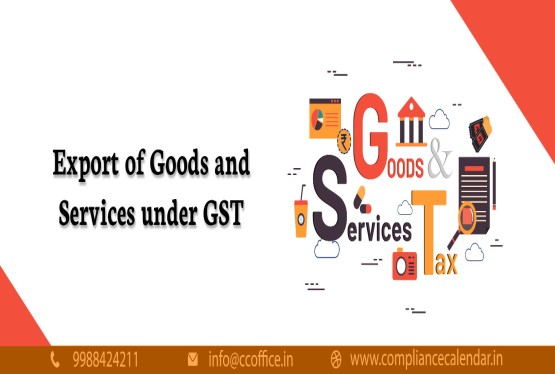













































_for_FY_2025-26_crop10_thumb.jpg)



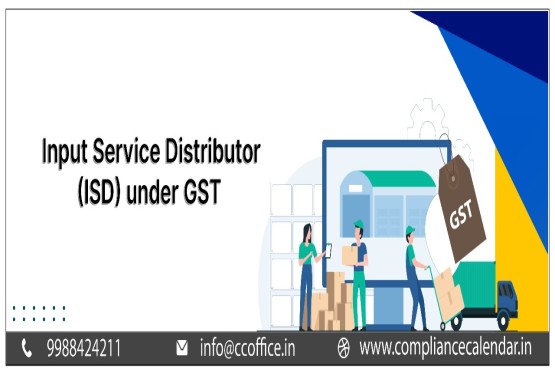








_learn_crop10_thumb.jpg)








_Filing_Due_Dates_for_FY_2024-25_learn_crop10_thumb.jpeg)
